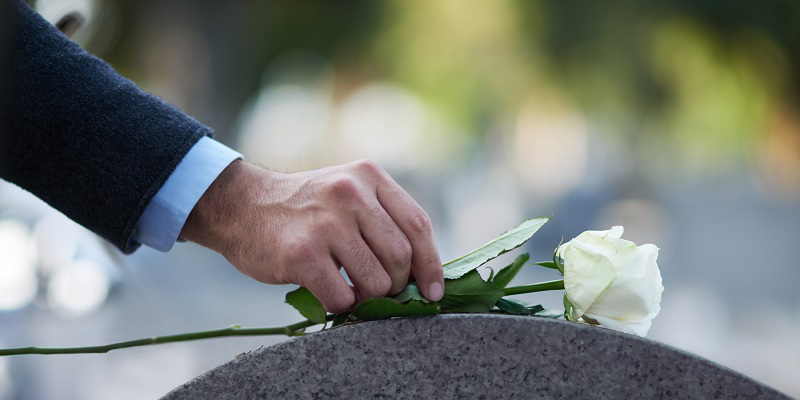How Slip and Fall Injuries Occur
 We can all remember times that we’ve stumbled over something, missed a stair, failed to notice a puddle, or simply lost our balance. Hopefully those memories are more embarrassing than painful, but many falls result in serious injury. Particularly for the elderly and those who are already handicapped, slipping and falling is a major cause of injury in New Mexico, often even requiring hospitalization. Here are a few of the most common causes of falls:
We can all remember times that we’ve stumbled over something, missed a stair, failed to notice a puddle, or simply lost our balance. Hopefully those memories are more embarrassing than painful, but many falls result in serious injury. Particularly for the elderly and those who are already handicapped, slipping and falling is a major cause of injury in New Mexico, often even requiring hospitalization. Here are a few of the most common causes of falls:
- Uneven flooring or outdoor surfaces
- Water or other slippery substances underfoot
- Items carelessly left where people normally walk
- Damaged staircases and ramps
Inside our own homes, we do our best to prevent these dangerous conditions from developing. When we travel in public, we expect business owners and city/county maintenance officials to do the same. Occasionally, however, carelessness creates a hazard and someone slips. Hospital bills aren’t the only costs that face a fall victim; there may also be extended rehabilitation, missed work, and strain on the entire family. If your fall was a result of negligence on someone else’s part, you should get help with your bills and other costs from them.
Who’s Responsible for Slip and Fall Injuries?
In any particular situation, it can be a complex process to try to decide who is responsible for an injury caused by a fall. Should you have been paying more attention to the conditions under foot, or did a store fail to keep customers safe by leaving dangerous surfaces untended? A personal injury lawyer is in the best position to evaluate your case, but in general, a business owner is liable if he:
- Fails to make repairs to damaged walking surfaces. Broken steps, loose tile, and missing handrails are some common examples of dangerous surfaces.
- Knows or should have known about dangerous conditions but did not address them.
- Did not respond to severe weather in an appropriate manner.
If you are a guest at a business and the owner has failed to take reasonable precautions to prevent falls, you may be entitled to compensation for any injuries you experience as a result.
Getting Paid for Slip and Fall Injuries
Insurance companies are never enthusiastic about paying claims for injuries, and usually the amount that victims receive only covers a small fraction of the actual recovery costs. A personal injury attorney who is familiar with New Mexico law can:
- Gather evidence of responsibility
- Present your demands to the responsible party
- Negotiate a settlement that is fair for you
- Take the case to court if necessary
Don’t make the mistake of assuming that your case is clear enough to avoid getting lawyers involved, and don’t assume that your injury was your own fault. If a private company, or even city maintenance, failed to protect you from dangerous conditions, they have an obligation to help pay for your recovery.
 There is more to protecting a construction zone than simply putting up warning signs and hoping for the best. It is the sobering responsibility of every construction zone administrator in New Mexico not just to adequately disclose safety hazards, but to actively protect individuals from harm on or around those sites. When this doesn’t happen, people get hurt. If you are a victim of a construction zone accident, we want to help you win compensation for your recovery.
There is more to protecting a construction zone than simply putting up warning signs and hoping for the best. It is the sobering responsibility of every construction zone administrator in New Mexico not just to adequately disclose safety hazards, but to actively protect individuals from harm on or around those sites. When this doesn’t happen, people get hurt. If you are a victim of a construction zone accident, we want to help you win compensation for your recovery. Personal injury lawyers handle few cases as difficult and emotionally charged as wrongful death cases. There are so many sensitive factors and so many legal complications that it takes an attorney with years of wisdom and an absolutely solid grasp of New Mexico liability law to successfully negotiate a settlement for the victim’s surviving loved ones. Here are just a few of the complexities that a lawyer must navigate in a wrongful death case:
Personal injury lawyers handle few cases as difficult and emotionally charged as wrongful death cases. There are so many sensitive factors and so many legal complications that it takes an attorney with years of wisdom and an absolutely solid grasp of New Mexico liability law to successfully negotiate a settlement for the victim’s surviving loved ones. Here are just a few of the complexities that a lawyer must navigate in a wrongful death case: